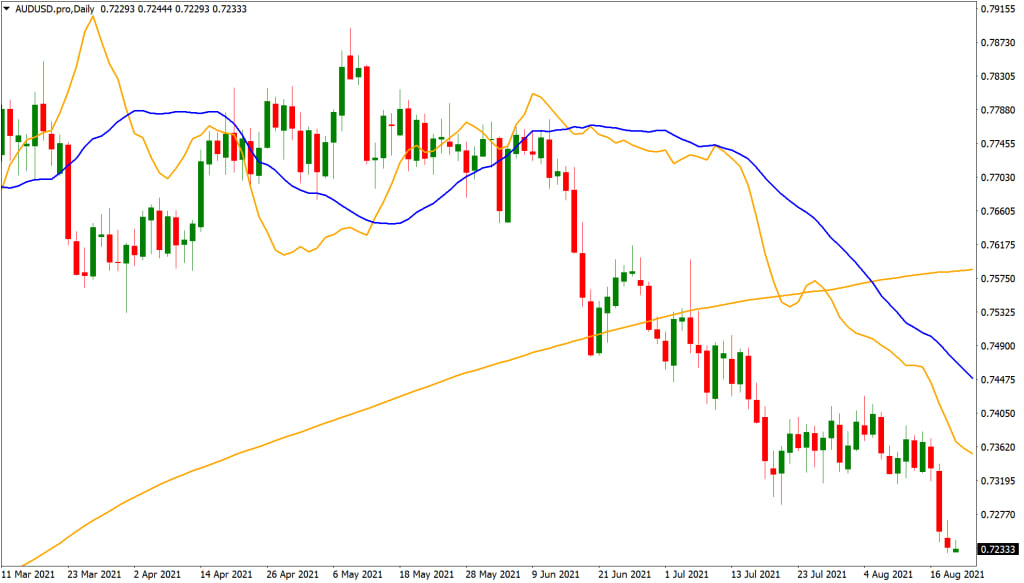
Are you tired of struggling to make profitable trades in the volatile investing world? Do you wish there was a way to easily and confidently navigate the complex world of financial markets? Look no further than Graystone – a leading investment platform that has recently gained significant traction for its innovative approach to trading. This Graystone.vc Reviews uncovering the secrets to successful trades and potentially lucrative investment opportunities.
1. Define Your Trading Goals
Before diving into any trading strategy, defining your goals is important. Are you seeking immediate profits or focusing on long-term financial commitments? Are you comfortable with high-risk trades or prefer a more conservative approach? A clear understanding of your objectives will enable you to select an appropriate approach and make well-informed choices.
2. Conduct Thorough Market Research
Successful traders always stay informed about market trends and news. Conduct thorough research on the assets you plan to trade, including their historical performance, current market conditions, and any upcoming events that may impact their value. This will help you make more accurate predictions and identify profitable opportunities.
3. Develop a Trading Plan
A trading plan is like a roadmap that guides your actions in the market. It should outline your entry and exit points, risk management strategies, and the maximum capital you are willing to risk on each trade. Cling to your plan and avoid impulsive decisions based on emotions or market hype.
4. Use Technical Analysis
Technical analysis involves studying past price and volume data to identify patterns and trends. Traders can enhance their decision-making process on when to enter or exit by carefully examining charts and utilising various indicators such as moving averages and support and resistance levels. Technical analysis can help you spot potential profit opportunities and minimise losses.
5. Apply Fundamental Analysis
While technical analysis focuses on price movements, fundamental analysis examines the underlying factors influencing an asset's value. This includes analysing financial statements, industry trends, economic indicators, and news events. By combining different analyses, traders can better understand the market and make better trading decisions.
6. Implement Risk Management Strategies
Managing risk is crucial for long-term profitability. Limit potential losses and secure profits by setting stop-loss and take-profit levels for each trade. Consider diversifying your portfolio by trading different assets or using hedging techniques to mitigate risk. Always trade with a risk-to-reward ratio that suits your trading style and financial goals.
7. Practice Patience and Discipline
Trading is a long-term endeavour requiring patience and endurance rather than a quick race to finish. They can wait for suitable opportunities and are determined to adhere to their trading strategy. Avoid chasing quick profits or making impulsive trades based on emotions. Stay focused, and trust in your analysis.
8. Learn from Your Mistakes
Every trader makes mistakes. It's important to view losses as learning opportunities rather than failures. Maintain a trading journal to monitor your trades and assess the reasons for success or failure. Learn from your mistakes, adjust your strategies, and constantly improve your trading skills.
9. Continuous Learning and Adaptation
The financial markets are dynamic and ever-changing. To stay ahead, traders need to learn and adapt continuously. Follow market news, read books, attend webinars, and join trading communities to stay updated on the latest trends and strategies. Embrace innovative technologies and tools to optimise your trading performance.
10. Seek Professional Guidance
If you're new to trading or need help to achieve consistent profits, seeking professional guidance can be invaluable. Consider hiring a mentor or joining a trading course to accelerate your learning curve and gain insights from experienced traders. Learning from those who have already achieved success can assist you in avoiding common pitfalls and fast-track your journey towards profitability.
Conclusion
In conclusion, achieving consistent profits in trading requires skill, knowledge, and discipline. By defining clear goals, conducting thorough research, developing a trading plan, using analysis, implementing risk management strategies, practising patience and discipline, learning from mistakes, continuously learning and adapting, and seeking professional guidance, traders can increase their chances of success. Remember, trading is a journey, and with the right strategies and mindset, you can pave your path towards profitable trades.
Disclaimer: This article is not intended to be a recommendation. The author is not responsible for any resulting actions of the company during your trading experience. The information provided in this article may not be accurate or up-to-date. Any trading or financial decision you make is your sole responsibility, and you must not rely on any information provided here. We do not provide any warranties regarding the information on this website and are not responsible for any losses or damages incurred as a result of trading or investing.





Comments
Jane Ali is not accepting comments at the moment
Want to show your support? Send them a one-off tip.